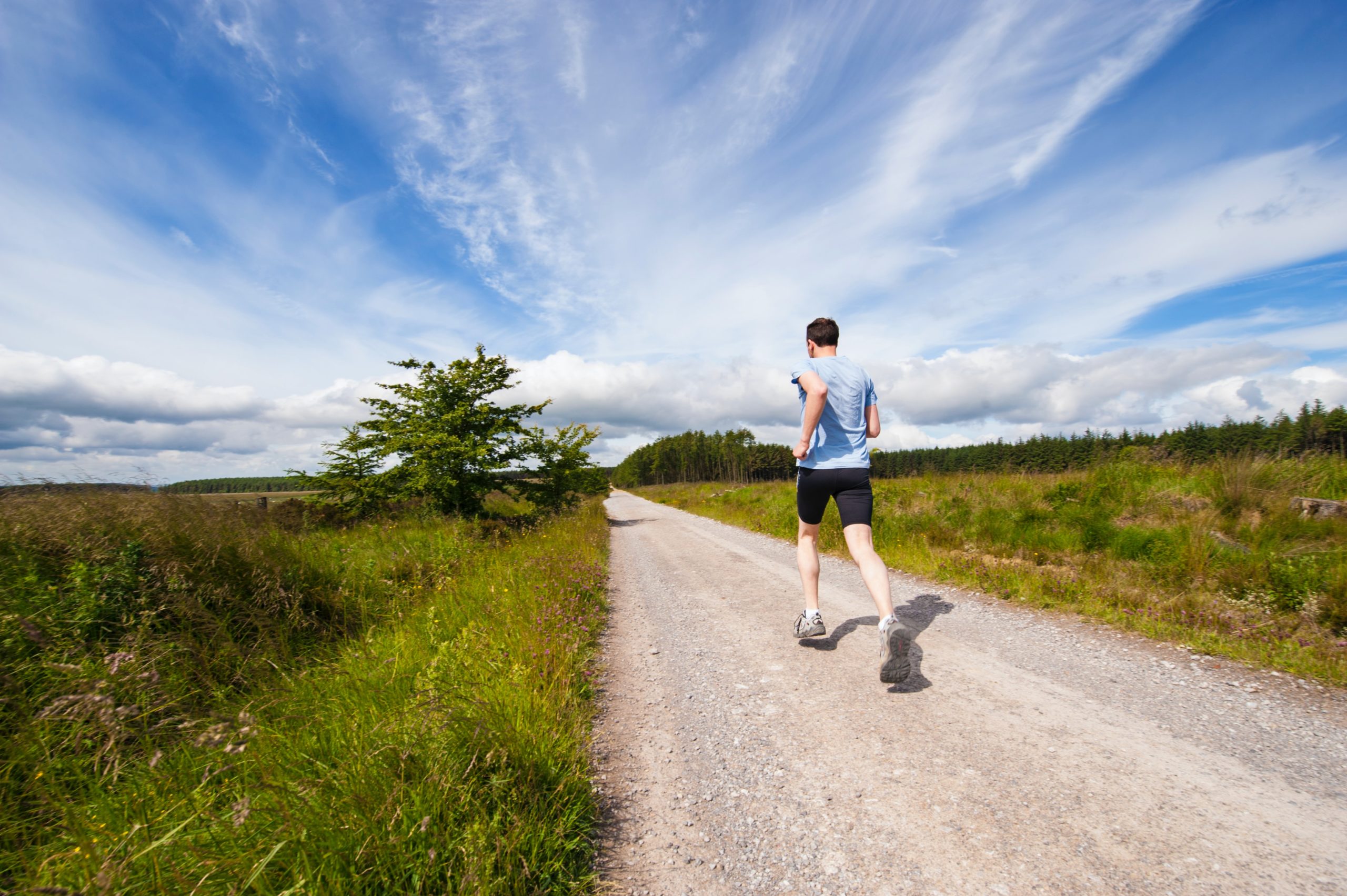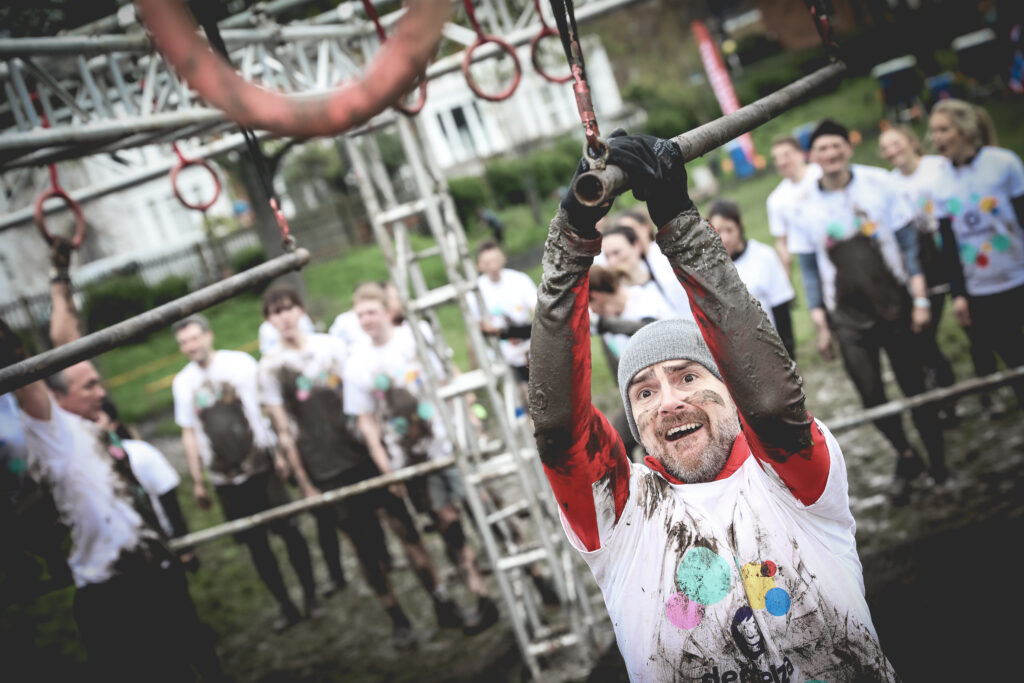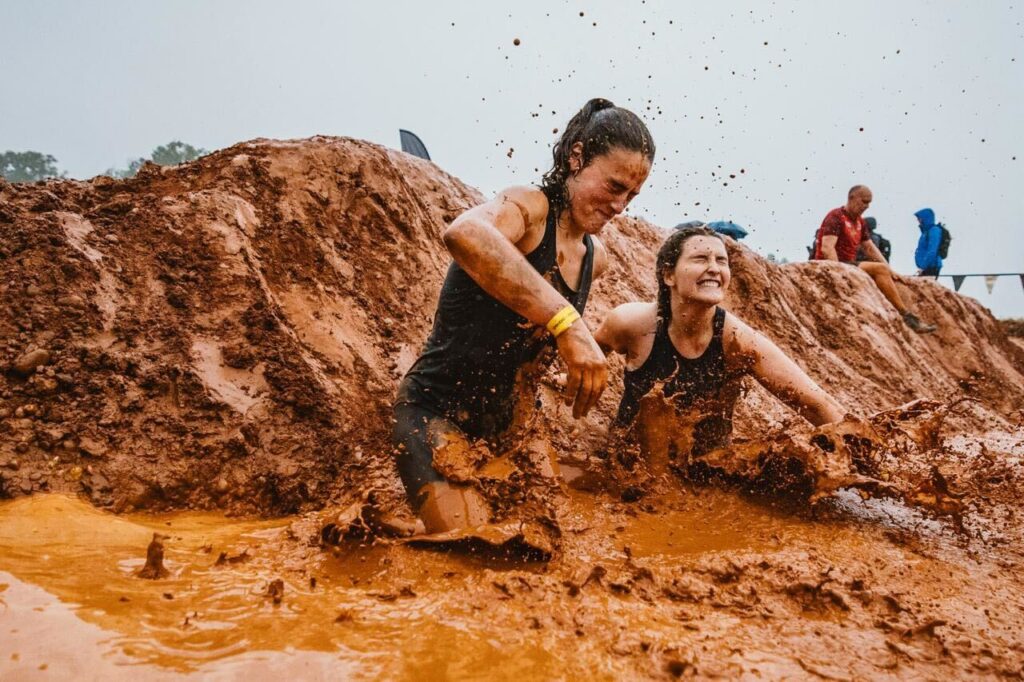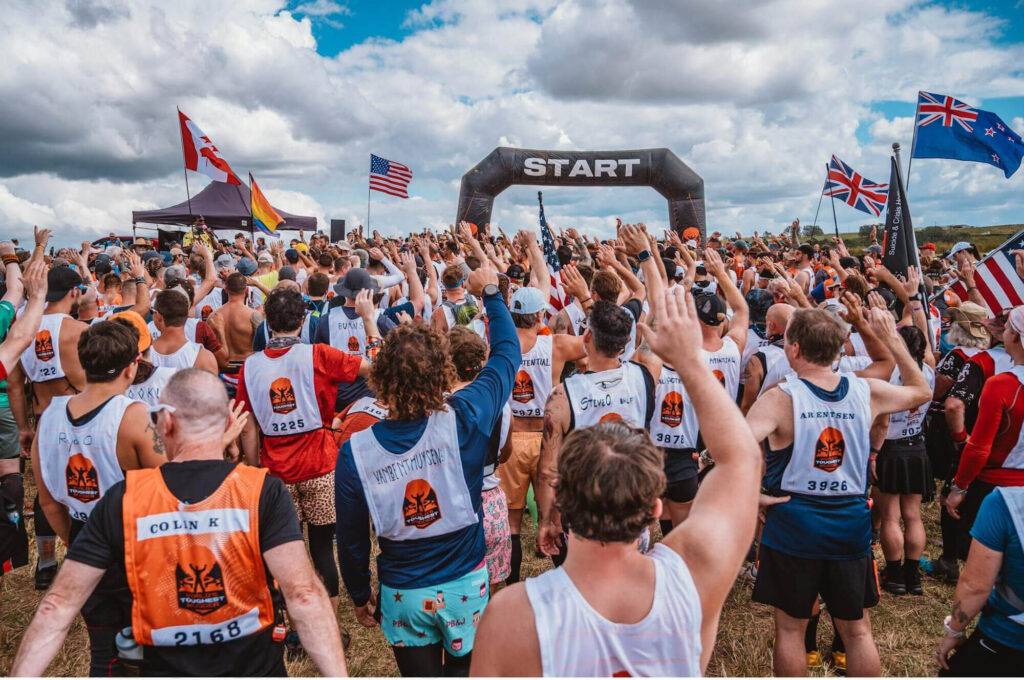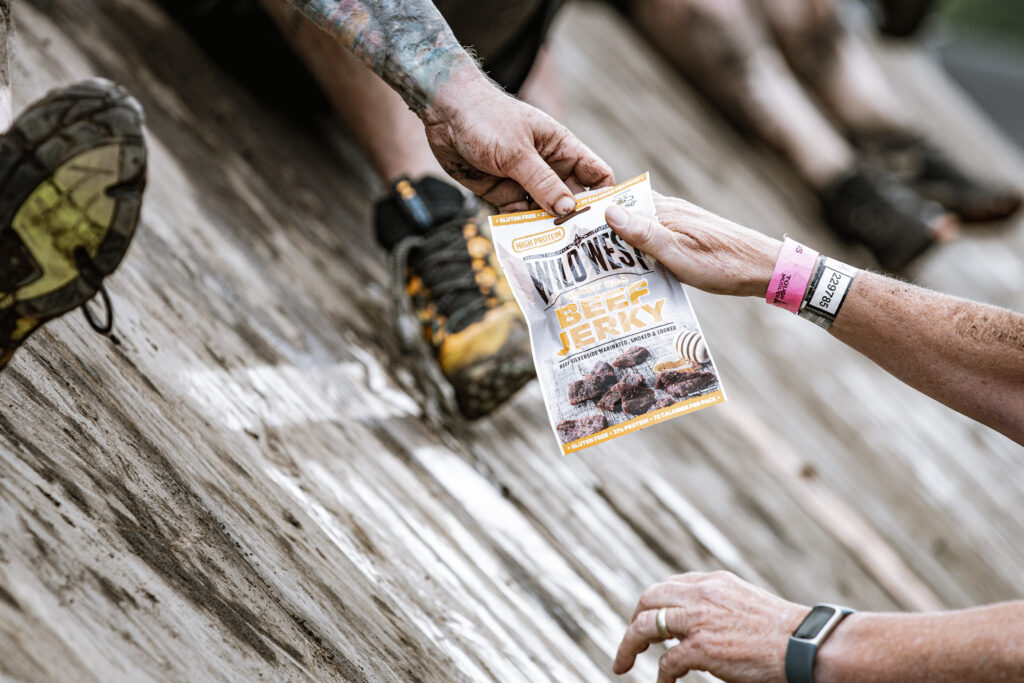The peak of Summer is fast approaching, which is great for a day at the beach, but not so great for a long run (or any distance run to be frank). Training on hot, humid days is tough—but it doesn’t have to be a non-stop sufferfest. Here’s a look at why summer running is so hard, and a few tips to help keep you safe when you’re running in the heat—and make you stronger.
1. Check the heat index
“It’s not the heat—it’s the humidity.” You’ve probably heard your grandma say that a hundred times—and, like nearly every bit of Granny’s advice, it’s absolutely true. When you check the weather before heading out to run, pay special attention to the heat index, which is the ratio of temperature to humidity. At 90 degrees, you’re more likely to experience cramping or even heat exhaustion. At 105 degrees, full-blown heatstroke is possible.
2. Get a perspiration education
Fortunately, you (like every other creature on the planet) have a built-in air conditioner: Sweat. As your body temperature increases, you begin to sweat, and you cool down as the moisture evaporates from the surface of your skin. The trouble with humidity is that when there’s a lot of moisture in the air, evaporation happens much more slowly (and in extreme cases, not at all).
When we exercise in hot weather, several things happen: Body temperature and oxygen uptake increase, glycogen stores deplete more quickly, and lactate levels increase. Now for the good news: After 5-10 hour-long runs in high temperatures, your body begins to adapt. Your body produces more red blood cells, which carry more oxygen to more working muscles—making you a more efficient athlete in all conditions. These physiological changes typically begin to occur in about five days.
3. Slow down for a heat wave
There’s a reason many professional athletes train high in the mountains where it’s relatively cool—almost no one enjoys running in the heat. But there are ways to make it suck a whole lot less. For starters, slow down for a few days as a heat wave starts. Until you’ve got those extra red blood cells, your typical training pace will feel like an all-out sprint; but if you back off a bit, you’ll feel better as your body adapts.
4. Hydrate early and often
Hydration is key. When you sweat, you lose electrolytes as well as water—and that can lead to cramping, so it’s important to take in electrolytes, too. Trial and error will help you figure out what works best for you; some people swear by sports drinks, others prefer plain old water with an energy gel. And don’t just drink water while you’re working out—take in fluids throughout the day. If you’re running long in the morning, consider adding a little extra salt to your dinner the night before.
6. Dress the part
In the wintertime, you can always add another layer—but there’s only so much you can take off. On hot days, you’ll want lightweight, moisture-wicking clothes in light colours. A hat or a visor is also a good idea—it will keep the sun out of your eyes, and you can dunk it in a water fountain for a few minutes of cool relief.
7. Rest before race day
If your Tough Mudder event lands on a super-hot day, resting the day before is super-important. Stay indoors where it’s cool, stay off your feet, and hydrate, hydrate, hydrate. You may also want to consider re-assessing your goals for the race—better to cross the finish line safe and smiling than risk getting into serious medical distress.
8. Know (and watch for) red flags
If you’re sweating a lot more than usual—or not sweating at all—that could be one of the first warning signs of heat exhaustion. And if you start to feel nauseous or even chilly on a hot day, it’s definitely time to stop. Dizziness and confusion are also signs of danger. If you experience any of these, stop exercising immediately and get inside where it’s cool ASAP. Sit down, have some cold water, and if you don’t start to feel better quickly, seek medical attention right away.
What’s that you say? You haven’t got any Summer plans booked in? Maybe it’s time you felt the mud between your fingers again. Head to our events page and secure your spot on the start line this Summer.
Daphne Matalene is an NYC-based running coach who’d much rather run in eight degrees than 80.
